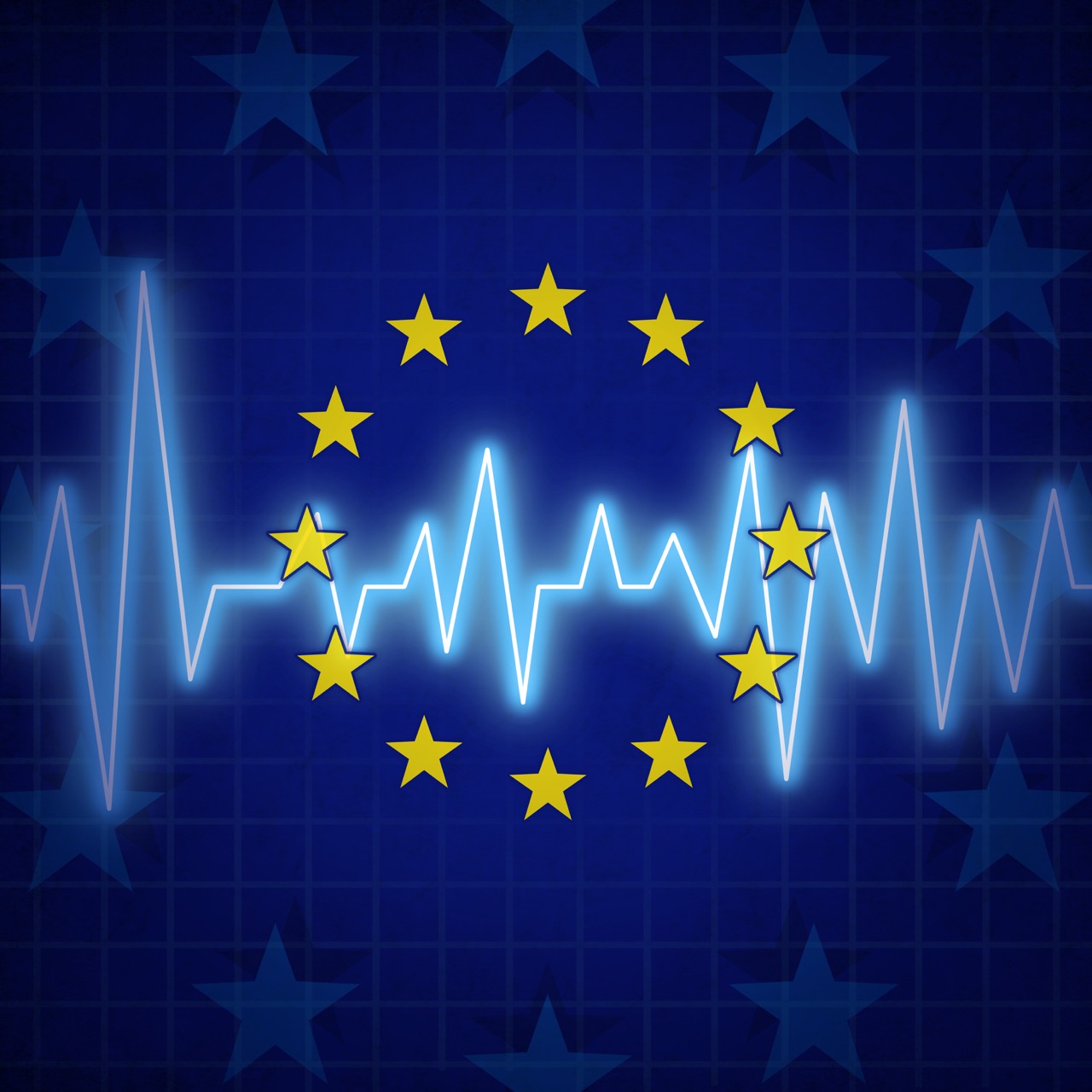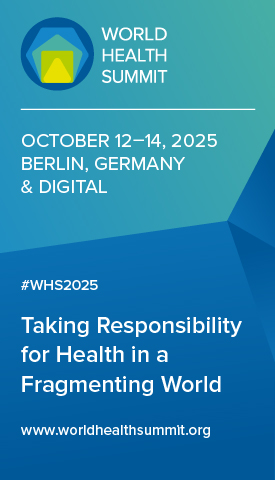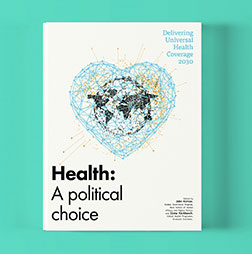Compounding threats, collective response: Why health must drive Europe’s future
Health can no longer be considered a peripheral issue in European policymaking. It must be assumed to be a central political choice. The Covid-19 pandemic made it clear that when health systems fail, societies and economies falter with them. Europe’s health sector is not only facing multiple risks, but it is facing risks that increasingly reinforce each other. Antimicrobial resistance threatens to undo decades of medical progress, making even routine procedures dangerous. The World Health Organization continues to warn of an inevitable ‘disease X’, although its calls do not always receive the attention they deserve. Climate change amplifies these vulnerabilities by spreading vector-borne diseases and placing health infrastructure under severe strain. At the same time, Europe’s ageing populations, combined with a shrinking health workforce, make it harder to absorb shocks and sustain services. The challenge is compounded by the digital transformation. New technologies such as artificial intelligence, genomics and telemedicine promise greater efficiency and innovation, but they also expose divides in access and raise concerns over data governance. Without trust and interoperability, digital health could deepen inequalities rather than reduce them.
A comprehensive approach
What links all these threats is the need for a coherent resilience strategy that works across borders. Health cannot be treated as a silo; it must be embedded into Europe’s broader climate, industrial and digital agendas. This requires investment in prevention and vaccination, the development of climate-smart and digitally enabled health systems, and, above all, the political will to coordinate at the European level. Fragmented national responses can no longer match the scale of the risks.
The first priority is to ensure Europe’s capacity to prevent and respond to crises collectively, since preparedness is non-negotiable. Swift, unbureaucratic protocols and clear chains of command are essential when a new threat emerges. Antimicrobial resistance deserves particular attention. Stimulating antibiotics research requires a balance of push incentives for early discovery and pull incentives to make late-stage development commercially viable. Prevention is equally important. Vaccination campaigns, especially among children, the elderly and the frail, are among the most effective tools to reduce the burden of viral and bacterial infections that drive resistance.
A second priority is to restore a degree of strategic sovereignty in medicines and technologies. Europe’s dependence on external suppliers for active pharmaceutical ingredients has risen dramatically, with production inside the European Union having fallen from more than half two decades ago to less than a quarter today. This leaves patients vulnerable to shortages and weakens Europe’s innovation capacity. Targeted incentives for European production can reduce dependence without sliding into protectionism.
A third priority is to harness digital and data-driven innovation responsibly. The European Health Data Space has the potential to make patient data accessible across borders and to unlock vast research opportunities. Yet harmonised rules and safeguards are vital to ensure public trust. AI, telemedicine and robotics can improve efficiency and care delivery, but they must be deployed in ways that reduce inequalities rather than exacerbate them. Public investment and an innovation-friendly regulatory framework are essential to ensure equitable uptake.
Finally, the One Health approach must become central to European policy. With most emerging diseases originating in animals, health security requires better surveillance of zoonotic diseases, stronger coordination between human, veterinary and environmental authorities, and closer cooperation between agencies. Climate adaptation and biodiversity protection are therefore part of the same resilience agenda as pandemic preparedness.
Solidarity in action
None of these priorities will be realised without decisive political choices. The reality is that Europe still lacks a true single market for health. Marketing authorisations remain partly national, access to medicines is uneven and structural disparities persist in healthcare outcomes. Citizens expect the EU to deliver security in health, yet fragmentation undermines trust. Europe must deepen health integration, from harmonised clinical trials to interoperable digital health records, so that innovation benefits all citizens equally. Europe must also invest in prevention and resilience, blending EU and national funding to support screening centres, long-term care and climate-smart infrastructure, particularly in peripheral regions. This implies embedding solidarity at the core of the health agenda, avoiding a two-speed Europe in which smaller or poorer member states are left behind.
Inspiration can be drawn from Europe’s Beating Cancer Plan, which showed how political ambition, scientific innovation and strategic investment can be mobilised for a common cause. Similar determination is now required for antimicrobial resistance, mental health and neurodegenerative diseases. These challenges, if left unaddressed, could fragment societies and erode Europe’s resilience.
Europe’s healthcare sector is at a decisive moment. Compounding threats cannot be met with fragmented responses. They demand a coherent, cross-border strategy that strengthens resilience, restores self-sufficiency and deepens integration. By choosing to invest in resilience and solidarity, Europe will not only protect its citizens but also reinforce its strategic autonomy and unity. In a turbulent global environment, a stronger European Health Union is more than a public good. It is a cornerstone of Europe’s security, prosperity and credibility.












